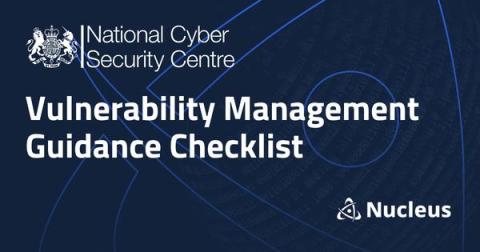Navigating the Future of AI Governance: A Guide to NIST AI RMF, ISO/IEC 42001, and the EU AI Act
In the rapidly evolving landscape of artificial intelligence (AI), governance, risk, and compliance (GRC) professionals somehow need to navigate the increasingly complex challenges of trustworthy development, deployment, and monitoring of AI systems.








